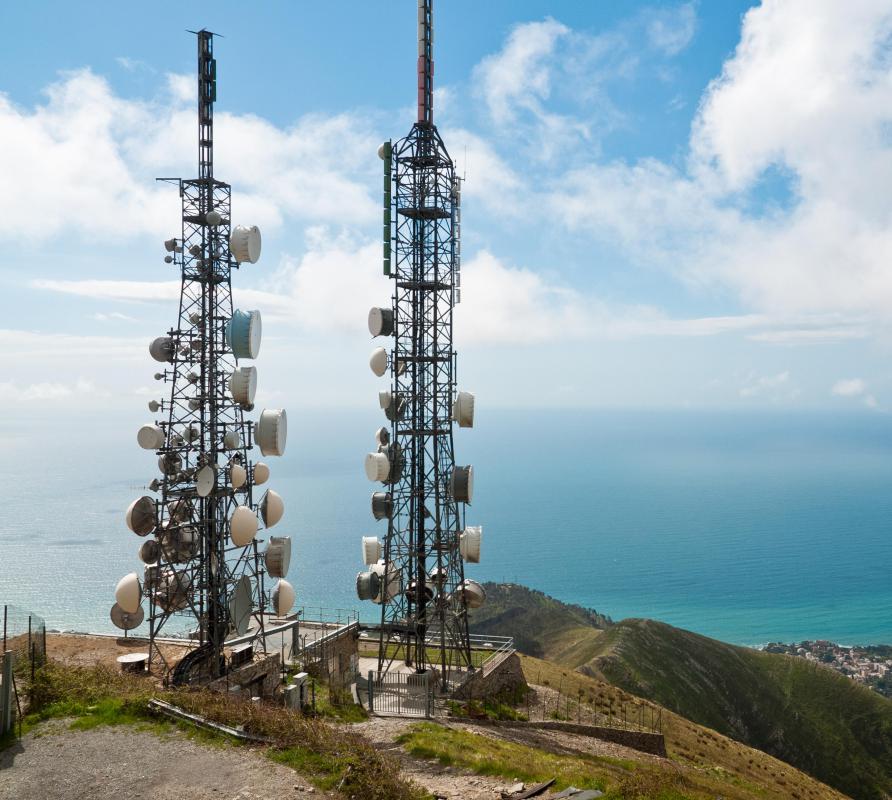At WiseGEEK, we're committed to delivering accurate, trustworthy information. Our expert-authored content is rigorously fact-checked and sourced from credible authorities. Discover how we uphold the highest standards in providing you with reliable knowledge.
What are Signal Converters?
Signal converters typically are receivers that collect input signals and then transforms them into an outgoing signal in another form. The receiver usually includes a memory with two sections. One section stores the incoming signal and the other stores the outgoing signal. The actual conversion takes place within the memory section.
The most widely known form of signal converters are the analog-to-digital converters. This item became a technological must-have for owners of analog television sets in the United States in February 2009, when TV stations began transmitting in an all-digital signal format. This decision by the U.S. Congress was based on the need to create more open airwaves for emergency medical teams and police to use.

Homeowners who were receiving an analog signal via an antenna now are required to use a signal converter in order to change from digital back to analog so their analog TVs will function. The signal converters receive the digital signal and transmits the signal into analog for transmission of both sound and pictures on their television. Homeowners with a high-density television (HDTV) that has a digital tuner built-in do not need to purchase signal converters, as it will receive transmissions and make use of the digital signals for projection purposes of images and sound.

All transmissions from cable companies and satellite dish companies remain unchanged with the conversion. These types of radio transmission waves always have been in the digital signal form. This helps them to produce clear and static-free pictures and crisp sound.
Installation of these types of units usually is very simple. Coaxial cable from the antenna is connected into the back of the converter. The coaxial cable that came with the converter box then is connected to the out-jack of the converter box on one end, and to the in-jack of TV on the other. Turn the power on and follow the onscreen set up directions to scan for new channels.

Consumers also can enjoy benefits of their new signal converts as they usually have a remote control and onscreen programming schedules with descriptions of shows. The signal quality of digital signals typically is much better than analog, and it does not allow the picture to include snow as it did with their antenna and analog signals. An analog signal converter also provides many more stations than with an antenna alone. Many of the stations before the change now have multiple channels with extensions so that homeowners may enjoy a wider variety of entertainment.
AS FEATURED ON:
AS FEATURED ON:














Discussion Comments
@Charred - Let’s take the second question first. It can convert either way, depending on the usage. If you have an analog TV set, then you want a converter that will convert the digital signals the TV stations are broadcasting with into an analog signal.
If a station was transmitting in analog and you had a digital set, you would want the opposite conversion to take place.
As to how it converts, it’s a matter of sampling the data. In a conversion from analog to digital, it takes samples of the electrical pulses in the analog signal and converts them to raw digital numbers.
For the digital to analog conversion, it takes the raw numbers of the digital signal and converts them back into electrical pulses that make up the analog signal.
How do TV signal converters work? Also, do they convert from analog to digital or digital to analog?
Post your comments